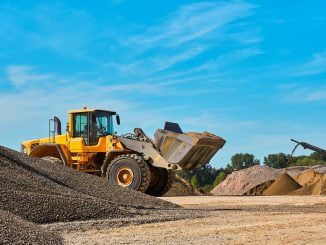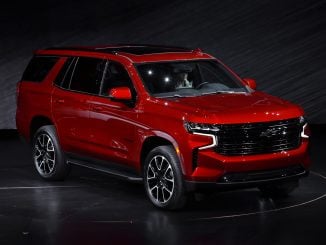MINNEAPOLIS — Talon Metals Corp. filed papers with Minnesota regulators Wednesday to launch the environmental review process for its proposed underground nickel mine near the northern town of Tamarack, which would supply nickel to Tesla for electric car batteries.
The Department of Energy has already given the project a $114 million grant to build an ore processing plant in North Dakota, part of the Biden administration’s efforts to boost domestic production of nickel, lithium and other metals needed for electric vehicles and the fight against climate change.
That funding contrasts with the administration’s efforts to kill another proposed mining project in northern Minnesota, the Twin Metals copper-nickel mine near Ely, which is just upstream from the pristine Boundary Waters Canoe Area wilderness. And the federal government earlier this month raised a new obstacle to the separate NewRange Copper Nickel mine near Babbitt when the Army Corps of Engineers revoked a crucial water quality permit.
The Talon mine may have administration support, but it already faces opposition from the Mille Lacs Band of Ojibwe and concern from environmental groups. They’re worried about the potential impacts on water resources and Native communities in the area, about 115 miles (185 kilometers) north of Minneapolis. Like the NewRange and Twin Metals ore deposits, the metals are bound up in sulfide minerals that can generate sulfuric acid when exposed to the environment.
The Minnesota Center for Environmental Advocacy said in a statement that the U.S. would be better off boosting recycling to secure its nickel and other metal supplies. Around the world, governments and companies advancing renewable energy have found themselves battling communities opposed to similar projects, which critics have dubbed “green colonialism.”
“We are being asked to trust in mining practices that have not been proven safe elsewhere,” the tribal government says on its website, “and we are not willing to risk our lands, people or culture as part of a safety experiment for corporate gain.”
Talon Metals is a joint venture with the Anglo-Australian company Rio Tinto, the world’s second-largest metals and mining corporation, which has long been criticized by environmental and Indigenous groups around the world. Talon has an agreement with Tesla to supply 75,000 metric tons (165 million pounds) of nickel concentrate and smaller quantities of cobalt and iron from the mine over six years once it goes into commercial production.
Talon kicked off the review process by submitting an environmental assessment worksheet to the Minnesota Department of Natural Resources. The agency will use the company’s assessment as a starting point for developing a more extensive environmental impact statement on the project, which would guide the department and other agencies in deciding whether to issue permits.
Talon said its plan contains ample safeguards.
“We do not believe that addressing climate change should come at the expense of the natural environment,” Talon CEO Henri van Rooyen said in a statement. “We can move to a clean energy system, protect the environment, respect tribal culture resources and self determination, involve front line communities and working people in project approvals and create good paying union jobs. It doesn’t have to be a choice.”
The review process historically takes several years, at least. The DNR launched a website on Wednesday outlining what Talon will face. But Talon is hoping the mine’s design will speed things up enough so that it can begin production for Tesla in 2027.
Talon is also touting the local economic benefits. It says the mine would employ around 300 union workers in addition to the nearly 100 people who are already working in Tamarack, and would use union construction workers. It says around $100 million in mining royalties would go to state and local governments and the local school district, in addition to over $7 million in taxes to local cities, townships and school districts in one of the poorest counties of Minnesota.


